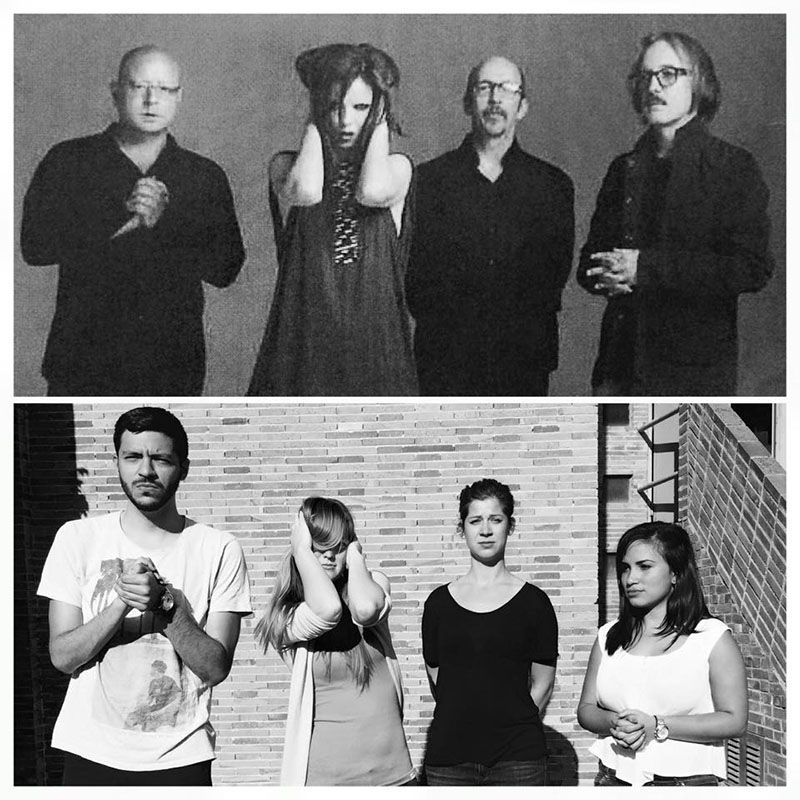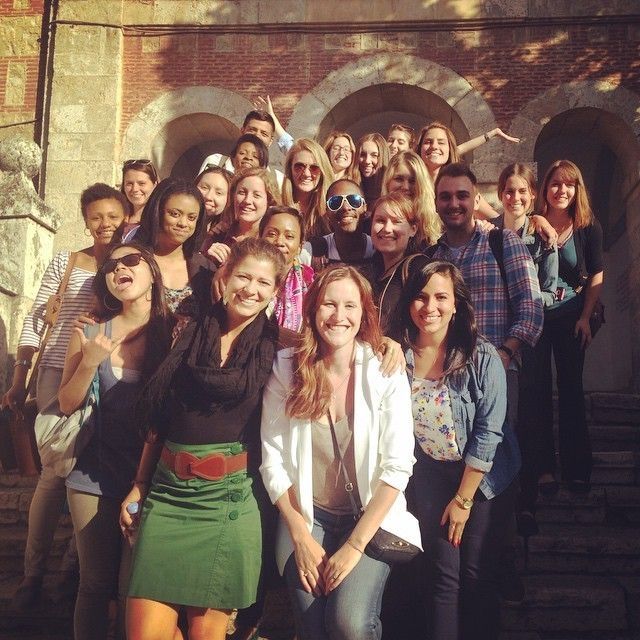Ask an Alum: Attending Graduate School in Spain
Fallon Wagner taught in Spain with CIEE in 2014. Her move to Spain led her to pursue a Master of Arts (M.A.) degree in International Education at the University of Alcalá in Spain.
We asked Fallon about her experience with teaching in Spain and pursuing a graduate degree abroad:
CIEE: Why did you choose to teach in Spain with CIEE?
Fallon: I was working in San José, Costa Rica as an English teacher when I heard about the CIEE Teach Abroad program. Since I had spent some time in Central and South America (I studied abroad in Argentina during my undergrad), I knew that I wanted to gain some experience working in Europe. I was also interested in the program because I would be working in public schools in Spain. This was radically different from my previous teaching experience, so I was excited for the opportunity.
Why did you decide to pursue a Master’s degree in International Education at the University of Alcalá in Spain?
When I moved to Spain, a friend from my undergrad was enrolled in the Master’s program at the University of Alcalá. After researching the program, I learned that it was a free bilingual Master’s degree that only takes one year to complete. I always knew that I wanted to pursue a career in study abroad and higher education, and this program was an excellent fit for me. Half of my classes were taught in Spanish and half of my classes were taught in English. I knew this would be a great way for me to advance my Spanish skills, particularly in writing. I chose the Master’s degree in International Education because this program was geared towards students who plan to be directors and administrators for international schools. Therefore, this Master’s degree would be especially useful if I plan to work in study abroad.

What was the process of applying to graduate school outside of the United States like?
It was not as difficult as I originally anticipated. The process was very similar to what I had to do to get my student visa for the CIEE program that I completed the year before. Much of the process is the same as applying to a program in the United States. I needed to provide my official transcripts, a copy of my Bachelor’s degree diploma, my resume, as well as my application and internship form. My GRE scores were not needed. Since this was a program outside of the U.S., I also needed to provide a copy of my passport and fill out a health questionnaire. Once I was accepted to the program, I then needed to renew my student visa, which can be done in Spain. While the renewal process can be tedious, we had a program coordinator to help us with any complications.
Can you explain a little more about your graduate school program?
There are four different tracks to choose from in my program: Master in International Education, Master in Bilingual Education, Master in Teaching, and Máster en Aprendizaje y Enseñanza del Español como Lengua Extranjera.
While my Master’s program is technically “free,” this is only possible through our internship as a Language and Cultural Assistant. Normally, Language and Cultural Assistants receive a €1000 monthly stipend from the Spanish Ministry of Education. In our program, we receive between €580 and €750 monthly stipend depending on our number of internship hours. Therefore, the rest of our stipend is applied to our Master’s degree program fees.
In one of our classes, we practiced different methods to create second language acquisition through project based learning. In this project, Group 1 had to describe to Group 2 how to position themselves to recreate the “rock star” picture above without showing them the picture.
Do you have plans to stay in Spain after your graduate school program?
Many students opt to stay in Spain or work abroad elsewhere after the program is finished. If students stay in Spain, they have the option to stay with their school for another year, or they can move to a Spanish public school. Other students will pursue teaching careers in Asia and the Middle East, as some require a Master’s degree to enter their specific teaching program. Since I now have three years of teaching experience as well as my Master’s in International Education, I plan to return to the U.S. and pursue a career in work or study abroad in higher education.
Do you have advice for CIEE alumni who are interested in pursuing a graduate degree abroad?
While I highly recommend pursuing a graduate degree abroad, students should know that the accreditation process for a Master’s degree outside of the U.S. is a long and tedious process. I will not be able to request my official transcripts until September, and then I have a long process of having them translated, apostilled, and accredited by a third party provider.
“The most important characteristics needed to complete a Master’s degree abroad are open-mindedness and flexibility. With these two traits, no challenge is too great to overcome.”
Overall, I still highly recommend it. It takes hard work and dedication, but completing a Master’s degree is a great career move no matter what industry you plan to pursue. There are certainly cultural barriers that I have encountered during my two years in Spain, but this has also provided me with a way to better develop my intercultural competence. The most important characteristics needed to complete a Master’s degree abroad are open-mindedness and flexibility. With these two traits, no challenge is too great to overcome.
Want to learn more about teaching in Spain? Check out Fallon’s blog for the CIEE Teach Abroad program.

